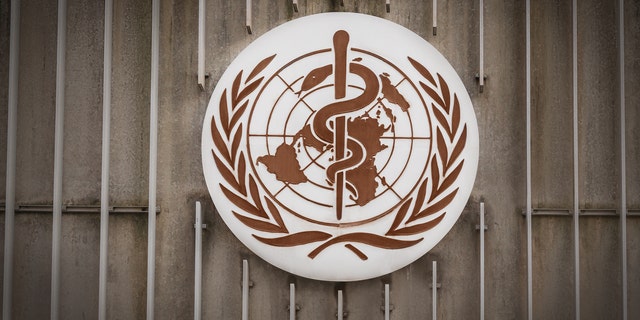
Fox News Flash top headlines for December 10
Fox News Flash top headlines are here. Check out what’s clicking on Foxnews.com.
The World Health Organization has released the top 10 causes of death across the globe in 2019.
The WHO says seven of the 10 leading causes of mortality were non-communicable, or chronic diseases, as opposed to infectious diseases or injuries.
It's important to note that this was pre-COVID-19, which has claimed over 1.5 million lives worldwide to date. However, the WHO noted that the COVID-19 pandemic underscores the need for accurate tracking of mortality, especially in low-income countries "where policy-makers still do not know with confidence how many people die and of what causes."
Ranking first as the deadliest cause worldwide was ischaemic (coronary) heart disease, or a condition that occurs when plaque builds in the arteries, and prevents blood flow to the heart, per NIH-published research. This condition can be “silent,” meaning that a person is unaware they have it, though it can also result in chest pain or a heart attack.

The World Health Organization has released the top t10 causes of death across the globe in 2019. (iStock)
'DON'T HUG' LOVED ONES THIS HOLIDAY SEASON, WARNS WHO
The number one killer claimed 16% of total deaths globally, clocking in nearly 9 million lives lost, said the WHO.
Following on its heels are deadly strokes and an inflammatory lung condition called chronic obstructive pulmonary disease, or COPD.
Strokes occur when blood flow to the brain gets disrupted, either by a burst blood vessel or a clot preventing necessary blood flow. Like coronary heart disease, some people can have strokes without realizing it. Others get headaches, go numb in the face or body and have difficulty talking, among other symptoms.
The severity of strokes varies but can be serious, potentially-fatal emergencies. Strokes claimed 11% of worldwide deaths at over 6 million, and COPD involving airflow blockage, breathing issues and possibly fatal flareups, took 6% of deaths, at over 3.5 million.
SURGEON GENERAL JEROME ADAMS TWEETS ABOUT HIS AILING WIFE AND MOTHER, THANKS HEALTH WORKERS
Though fatalities related to lower respiratory infections have dropped by nearly half a million globally since 2020, it still ranks as the fourth leading cause of death, with 2.6 million in 2019. These infections include pneumonia, tuberculosis and bronchitis.
Halfway down the list at number five are deaths attributed to neonatal (newborn) complications. Last year, issues like birth trauma, sepsis and infections led to 2 million deaths among babies and young children, according to the WHO, though this figure has dropped by more than 1 million since 2000.
Near the tail-end of the list were lung cancers, Alzheimer’s and dementia disease, diarrhoeal diseases, diabetes and kidney diseases. Together, these four causes of death comprise roughly 6.3 million deaths.

Naturally, a country’s income group can alter its respective causes of death. (iStock)
COMBO OF BLOOD TESTS COULD OFFER MORE ACCURATE ALZHEIMER'S DIAGNOSTICS, RESEARCHERS SAY
Of note, HIV/AIDS has fallen out of the top 10 leading deaths after fatalities plummeted by 51% over the last two decades. It now falls at No. 19 on the list, compared to No. 8 in 2000. Meanwhile, diabetes has surfaced on the list, with deaths surging by 70% since 2000.
HIV DEATH RATES DROP BY NEARLY HALF, CDC REPORTS
Naturally, a country’s income group affects the list of mortalities; low-income countries suffered the most from newborn complications, as opposed to heart disease and stroke in wealthier countries.
The WHO says reasons behind mortality are important in order to improve health systems and better direct resources where needed.
GET THE FOX NEWS APP
Source: Read Full Article
